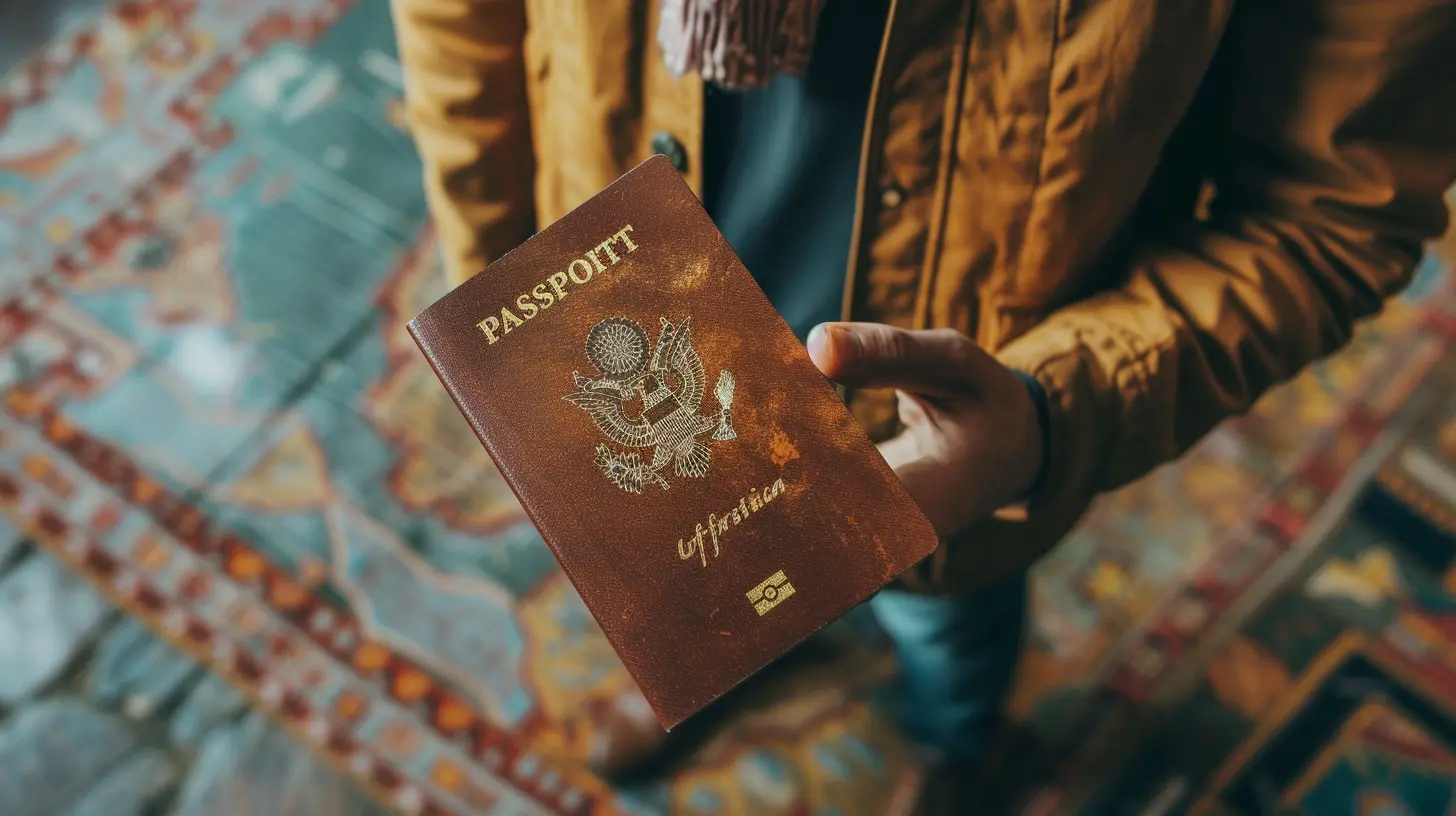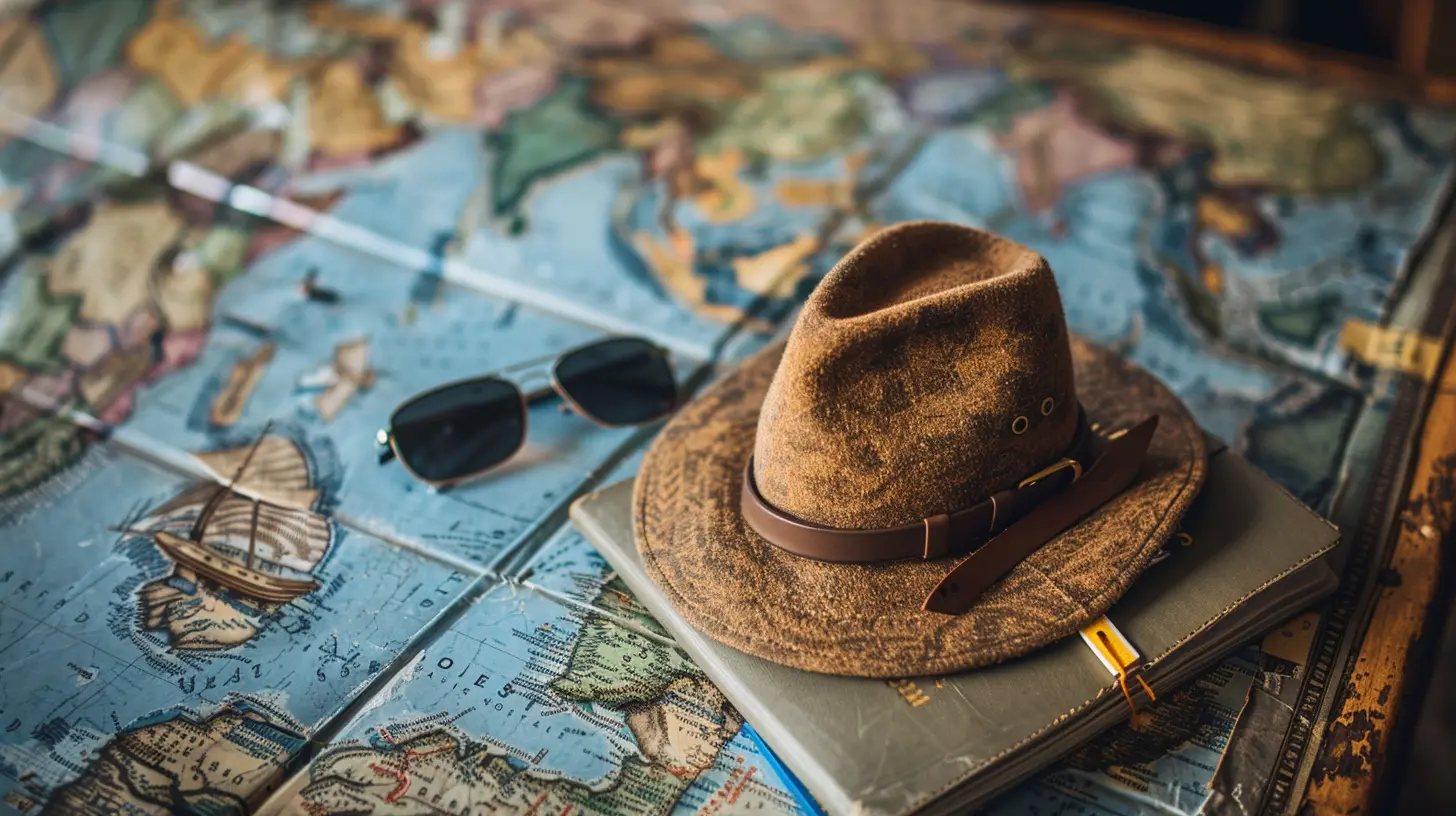What to Do If Your Passport Is Lost or Stolen While Traveling
23 November 2025
Losing your passport while traveling can feel like a nightmare. One moment, you're strolling through a charming street in Europe, and the next, you're frantically searching every pocket and bag, realizing your passport is gone. Take a deep breath—it's not the end of the world. This guide will walk you through exactly what to do to get back on track with minimal stress. 
Stay Calm and Retrace Your Steps
First things first—don’t panic. Losing a passport is stressful, but getting a replacement is entirely possible. Before jumping to conclusions, take a deep breath and think.1. Check Everywhere – Empty your bags, pockets, and hotel room drawers. It might have slipped between the seats of a taxi or fallen behind the nightstand.
2. Ask Around – If you were at a café, hotel lobby, or store, ask employees if they’ve found a lost passport. Some good Samaritans might have turned it in.
3. Use "Find My Phone" – If you had your passport stored inside a lost bag, tracking your phone’s location could lead you right to it.
If after thorough searching it's still missing, it’s time to move to Plan B. 
Report the Loss Immediately
Once you're certain your passport is lost or stolen, you need to report it. The faster you act, the better.1. Notify Local Authorities
If your passport was stolen, go to the nearest police station and file a report. While not always required for a replacement, having a police report may help prevent identity fraud and could be useful for insurance claims.2. Contact Your Country’s Embassy or Consulate
Embassies and consulates assist travelers in emergencies, including replacing lost or stolen passports. A quick online search (or asking hotel staff) can help you locate the nearest one.When you contact the embassy, ask them:
- What documents you’ll need to get a new passport
- How long the replacement process takes
- Whether they offer emergency passports for urgent travel 
Prepare the Required Documents
To get a new passport, you’ll need some documents. If you prepared well before traveling (always a good idea!), you might already have copies of these.What You’ll Need:
✅ A passport photo (Some embassies may have photo booths nearby)✅ A valid ID (such as a driver’s license)
✅ Proof of citizenship (a scanned copy of your passport or birth certificate if available)
✅ A police report (if available, especially for stolen passports)
✅ A completed passport application form (available at the embassy or online)
If you don’t have these with you, don’t worry. The embassy staff will guide you on alternative solutions. 
Apply for an Emergency or Temporary Passport
If you have upcoming travel plans and need to leave the country soon, ask about an emergency passport. These are typically issued faster than regular passports but may have travel or time restrictions.How Long Does It Take?
- Emergency passports: Can be issued within 24-48 hours in some cases.- Regular passport replacements: Usually take a few days to a week, depending on the country and situation.
If your travel is urgent, explain your situation clearly to embassy officials—they may be able to expedite the process.
Update Your Travel Plans
Once you've started the passport replacement process, it's time to handle any necessary travel adjustments.1. Reschedule Flights If Needed
Check your airline’s policy regarding passport issues. Some airlines might allow you to modify flights at little to no cost under emergency circumstances.2. Contact Hotels & Travel Insurance
- Hotels: If a hotel required your passport at check-in, let the front desk know about the situation. Some may accept a temporary passport or a photocopy.- Travel Insurance: If your policy covers lost passports, contact your insurer to see if you can be reimbursed for additional costs.
Prevent Future Passport Losses
No one wants to go through this ordeal twice, so here are some prevention tips for future travels:1. Keep Digital & Physical Copies
Before traveling, scan your passport and store copies in multiple places:- Digital copies in cloud storage (Google Drive, Dropbox)
- Printed copies inside your luggage or hidden in your hotel room
2. Use a Money Belt or Neck Pouch
Consider a money belt or neck pouch for carrying your passport, especially in areas where pickpocketing is common.3. Lock It in a Safe
If your accommodation provides a safe, use it. Carry only a photocopy when exploring if your passport isn’t needed that day.4. Register with Your Embassy (if available in your country)
Many governments allow travelers to register their trips. This service helps embassies locate and assist you in case of lost documents, emergencies, or even natural disasters.Final Thoughts
Losing your passport while traveling is stressful, but it’s far from the end of your journey. By staying calm, acting quickly, and following the right steps, you can minimize the hassle and get back to enjoying your trip. So, the next time you pack, take a few extra precautions—you’ll thank yourself later!all images in this post were generated using AI tools
Category:
Travel SafetyAuthor:

Reed McFadden

